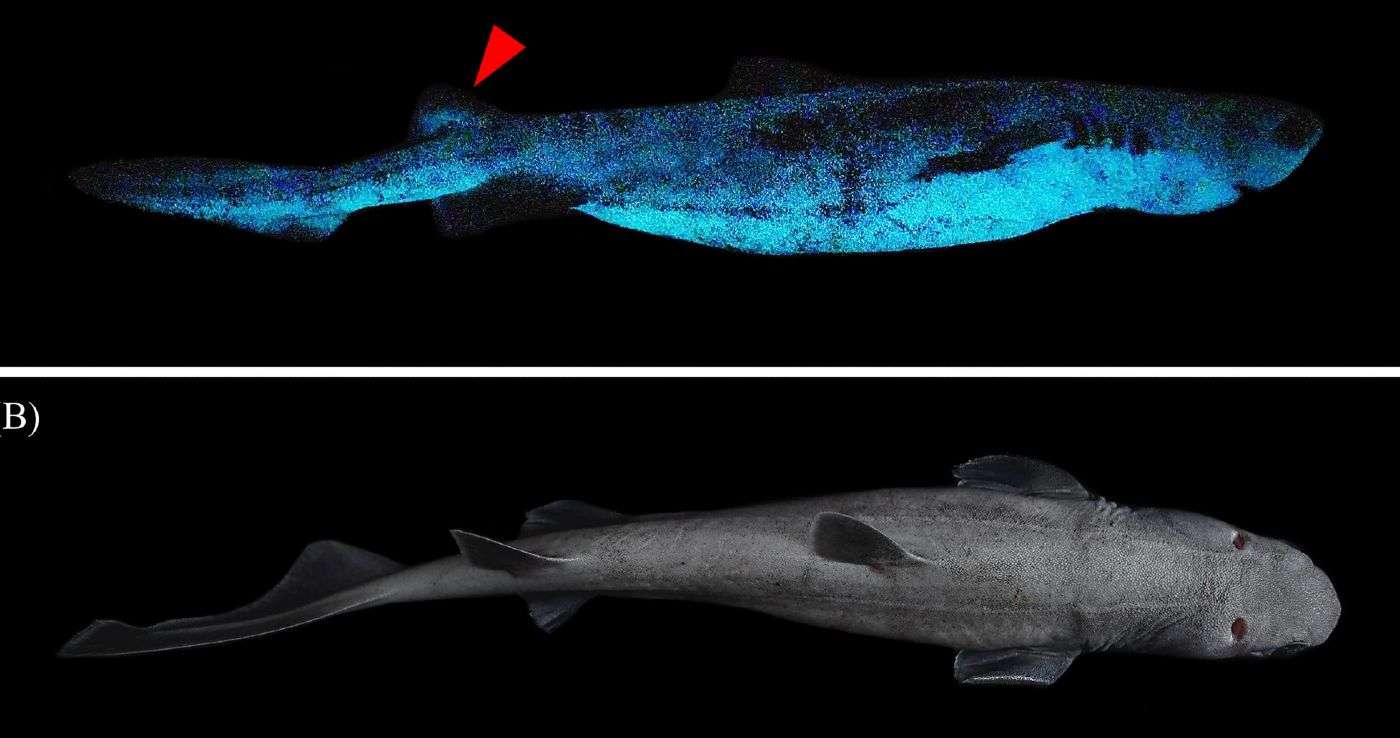Heroic Sailor Dives Into Choppy Seas to Save 4 Kittens From Burning Ship
Hero navy sailor Thatsaphon Saii dived into the sea to rescue four kittens from a burning ship off the coast of Thailand.

For many, sharks are scary enough as it is—and a glow-in-the-dark-shark is simply more than our nerves could handle.
Fortunately, the kitefin shark (Dalatias licha), now thought to be the world's largest bioluminescent vertebrate, lives in the "twilight zone" at depths of 300 to 1,000 meters.
The five-foot-long shark was confirmed as a glowing species in a recent study off the eastern coast of New Zealand. Bioluminescence is a well-established evolutionary phenomenon among deep sea life, and it's not the first time it's been documented in sharks.
The confirmation that the kitefin does in fact emit bio-light makes it the largest animal to display this characteristic.
But why would sharks, which we typically think of as ambush hunters, evolve to broadcast their position to the denizens of the mesopelagic zone?
The hypothesis in the corresponding study, published in Frontiers of Marine Science, suggests that what at first seems like a way to light up and be seen is actually a kind of "counterillumination," or camouflage.
For example, the kitefin shark preys upon the two species of lantern sharks analyzed in the study. Bioluminescent sharks, the study details, emit blue-green light when viewed at depths of about 450 meters, potentially breaking up their shape and allowing them to pass by unnoticed.
For the hunter, this bioluminescence works like a tiger's stripes or a snake's scale pattern— allowing them to get close enough to prey species without being detected.
"Considering the vastness of the deep sea and the occurrence of luminous organisms in this zone, it is now more and more obvious that producing light at depth must play an important role structuring the biggest ecosystem on our planet," the researchers wrote.
SWIM This Fascinating Story Over to Your Pals on Social Media…
Be the first to comment